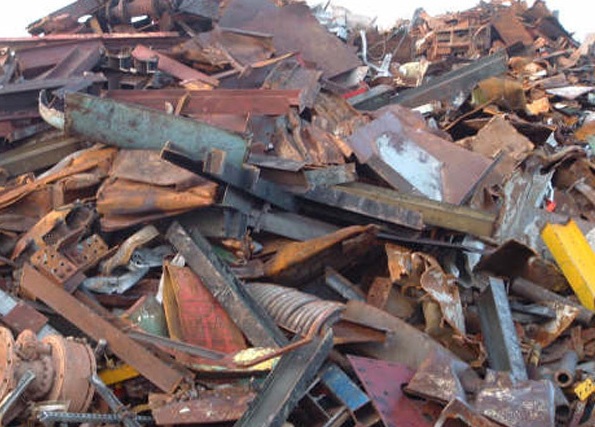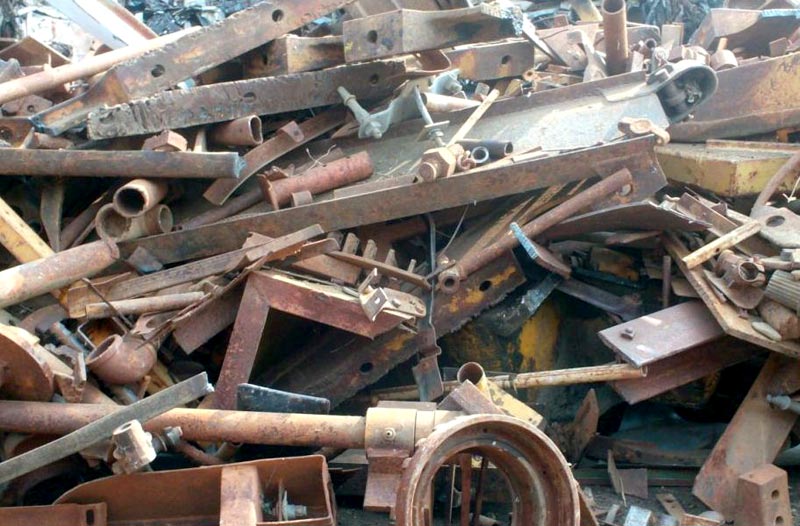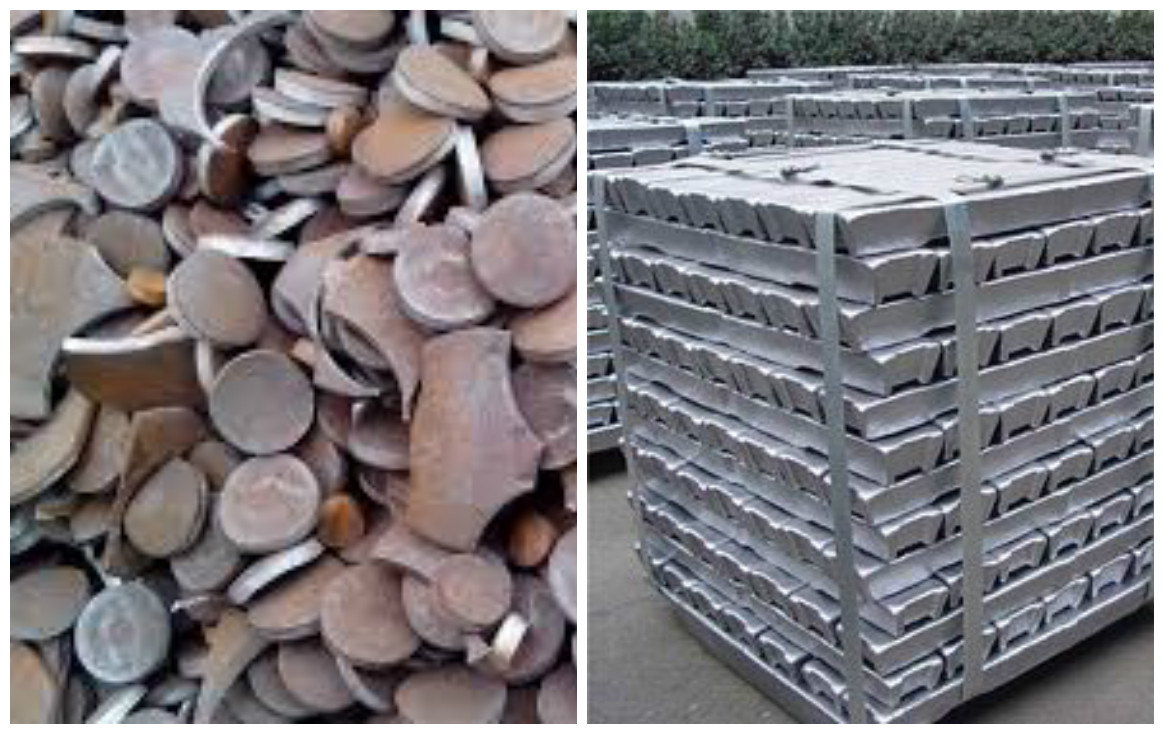HMS Scrap
HMS Scrap
Heavy melting steel (HMS) or heavy melting scrap is a designation for recyclable steel and wrought iron. It is broken up into two major categories: HMS 1 and HMS 2, where HMS 1 does not contain galvanized and blackened steel, whereas HMS 2 does. The Institute of Scrap Recycling Industries breaks up the categories further:
Renomatt Global Holding supplies premium quality Scrap Metals including old railroads R50/R65 and HMS 1 - HMS2

HMS 1
HMS 1 consists of heavy melting steel scrap containing no galvanized or blackened steel, and having a minimum thickness of 1/4 inch. Further categories include:

HMS 1 and 2
Heavy melting steel (HMS) or heavy melting scrap is a designation for recyclable steel and wrought iron. It is broken up into two major categories: HMS 1 and HMS 2, where HMS 1 does not contain galvanized and blackened steel, whereas HMS 2 does. The Institute of Scrap Recycling Industries breaks up the categories further:
HMS 1 and 2 are widely traded, particularly in the western hemisphere.
Both HMS 1 and 2 comprise obsolete scrap only. That is iron and steel recovered from items demolished or dismantled at the end of their life.
Variations on maximum piece size are covered by ISRI (North America’s Institute of Scrap Recycling Industries) codes. HMS is usually traded as a blend of 1 and 2, either a premium blend (80:20) or lower grade mixes (70:30) and (60:40). Other major heavy scrap grades include Japan’s H2 and A3 from the CIS.
Renomatt Global Holding supplies premium quality Scrap Metals including old railroads R50/R65 and HMS 1 - HMS2
Our scrap metal business is focused on buying and selling scrap metal for industrial metal corporations in need of iron, steel and copper. This type of scrap metal business consists of scrap metal recycling a mix of mill scrap (stamping, cuttings, bars, etc.), industrial scrap pieces (nuts, bolts, etc), auto and truck frames and bodies, railroad scrap (wheels, axles, parts of locomotives and carriages, etc.), ship scrap (fittings, plate pieces, parts), construction scrap (plate, bars, angle pieces, rods, steel pipe, etc.), and miscellaneous commercial scrap (appliance casings, frames and parts, etc.).

Used Rails
Our scrap metal business is focused on buying and selling scrap metal for industrial metal corporations in need of iron, steel and copper. This type of scrap metal business consists of scrap metal recycling a mix of mill scrap (stamping, cuttings, bars, etc.), industrial scrap pieces (nuts, bolts, etc), auto and truck frames and bodies, railroad scrap (wheels, axles, parts of locomotives and carriages, etc.), ship scrap (fittings, plate pieces, parts), construction scrap (plate, bars, angle pieces, rods, steel pipe, etc.), and miscellaneous commercial scrap (appliance casings, frames and parts, etc.).
Specification
Scrap / Railroad Ferrous scrap (R50/R65) chemical composition shall be according to:
R50 GOST 7173-75 weight 51.67 Kg/meter
R65 GOST 8165-75 weight 64.72 Kg/meter
C- 0.54 – 0.82%
Si = 0.18 – 0.40%
Mn = 0.60 – 1.05 %
S = 0.04% Max
P= 0.035 % Max
As = 0.01 % Max of Mass share

Ingots and Billets
Ingot is commonly used name for the large sized castings produced in a foundry or during iron making. There are no specific standard dimensions for ingots. In steel plants, the molten metal from the blast furnace is poured into large, cylindrical laddles. So during steelmaking, ingots are usually shaped .
Billet are generally smaller in size. If the cross section of a casting is a square, it is called a billet. Billets have a cross section are of less than 36 sq. inches .
